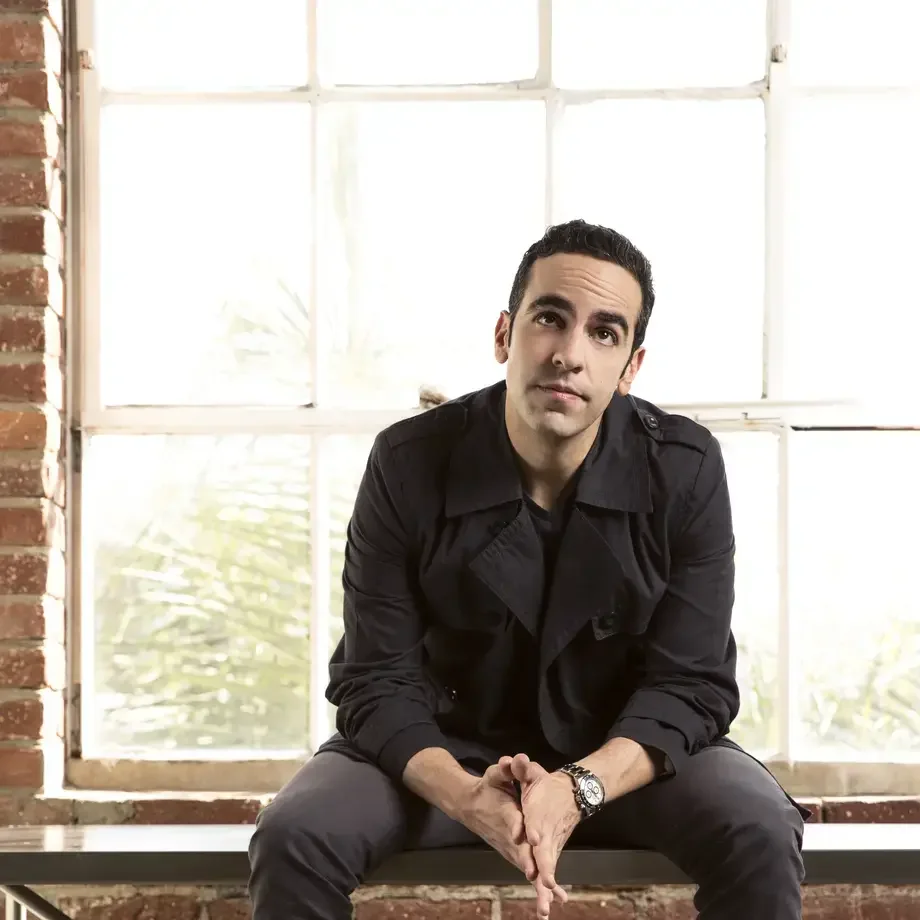What is rapadura sugar?
Rapadura sugar is an unrefined cane sugar made primarily in Central and Latin America. It is known by various different names, depending on its palace of origin, including panela and piloncillo. Often sold in small blocks or truncated cone shapes, rapadura has a stronger flavour than processed sugars, and retains some beneficial plant compounds that would otherwise have been lost during the refining process.
Most cane sugar is made by cooking the cane at high temperatures and putting the resulting pulpy liquid, called massecuite, into a centrifuge to separate the molasses from the sugar crystals. Even most dark sugars, known for their stronger flavour, are made in this way, with some of the molasses being added back in at a later stage.
Rapadura is different because it does not have any of the molasses removed, meaning it keeps all of that delicious caramel molasses flavour, along with the nutrients that naturally occur in sugar cane. Instead of being put in a centrifuge, rapadura is made by crushing sugarcane in a press and boiling it to evaporate the water. It is then poured into moulds and left to cool until it forms solid blocks.
While rapadura is always brown in colour, it does not always have a uniform appearance. There are many different variables in play, including sugarcane variety, the weather, and the quality of the soil, so one batch of rapadura may look very different to another. Lighter brown rapadura is known as ‘blanco’, while darker brown rapadura is known as ‘oscuro’.












